At the end of its policy meeting on October 29, the Fed decided to cut its benchmark interest rate by another 25 basis points to 3.75-4%. This decision matched market forecasts and was the second time the agency adjusted monetary policy this year.
"Risks to the labor market have increased in recent months," the Fed said in its post-meeting statement. But the economy is sending conflicting signals. Strong business investment suggests solid fundamentals, but hiring has slowed.
Fed officials acknowledged that their decision-making was limited by the US government shutdown. The data they used on unemployment rates was only updated through August. Still, available indicators show the economy growing at a moderate pace.
Notably, Mr. Powell hinted that investors should not expect a rate cut in December. "At this meeting, there were clear differences of opinion on the direction of December. A further rate cut later this year is not a certainty," he said. Investors are betting that the probability of a rate cut in December has dropped to 71%, instead of 90% as before.
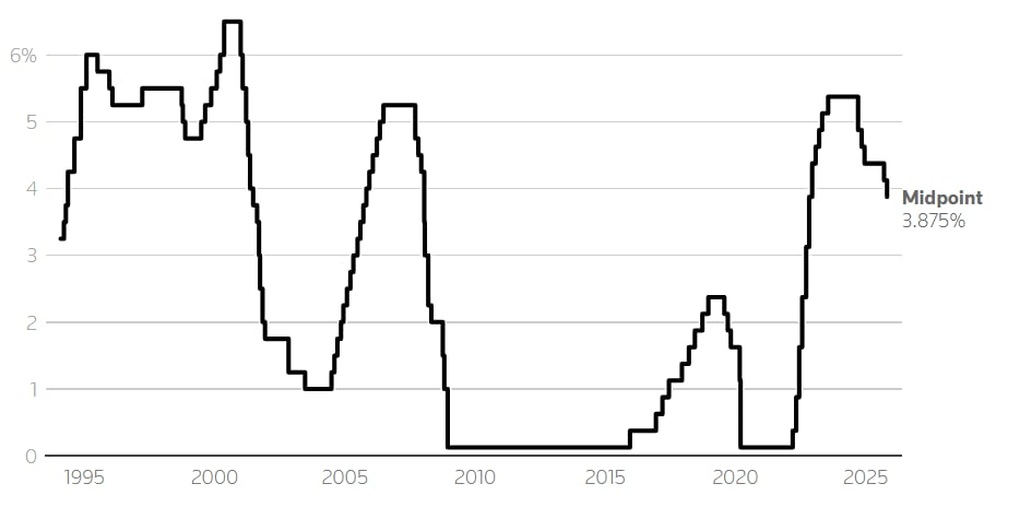
Fed interest rate developments (Photo: Reuters).
After the Fed announced its interest rate decision, the US stock market recorded strong fluctuations. At the end of the session, the S&P 500 index fell slightly by 0.3 points, the Dow Jones (DJIA) lost 74.37 points, while the Nasdaq Composite increased by nearly 131 points. Throughout the trading session, the indexes continuously fluctuated with large amplitudes.
Some experts say political factors are strongly influencing the Fed's moves.
“Financial conditions are very comfortable, GDP is growing at 3.5-4%, the stock market is vibrant, and inflation is still above target. Under normal conditions, the Fed will not cut interest rates,” said Richard Bernstein, CEO of investment firm Richard Bernstein Advisors.
But proponents of easing say new risks, particularly a weakening labor market and the prospect of a recession, make an early cut necessary.
Allen Sinai, chief economist at financial firm Decision Economics, said that “the current productivity boom is a key reason why the US economy remains resilient and that early rate cuts could help prevent a recession.”
The biggest risk to growth, according to experts, remains tariff policy. The US government shutdown has also disrupted many data sources, making the Fed lack a basis for accurate decision making.
Source: https://dantri.com.vn/kinh-doanh/fed-ha-lai-suat-nhung-phat-tin-hieu-la-lam-chao-dao-thi-truong-toan-cau-20251030004825703.htm


![[Photo] National Assembly Chairman Tran Thanh Man receives foreign ambassadors who came to say goodbye](https://vphoto.vietnam.vn/thumb/1200x675/vietnam/resource/IMAGE/2025/10/30/1761820977744_ndo_br_1-jpg.webp)
![[Photo] The Third Patriotic Emulation Congress of the Central Internal Affairs Commission](https://vphoto.vietnam.vn/thumb/1200x675/vietnam/resource/IMAGE/2025/10/30/1761831176178_dh-thi-dua-yeu-nuoc-5076-2710-jpg.webp)
![[Photo] Touching scene of thousands of people saving the embankment from the raging water](https://vphoto.vietnam.vn/thumb/1200x675/vietnam/resource/IMAGE/2025/10/30/1761825173837_ndo_br_ho-de-3-jpg.webp)

![[Photo] General Secretary To Lam attends the Vietnam-UK High-Level Economic Conference](https://vphoto.vietnam.vn/thumb/1200x675/vietnam/resource/IMAGE/2025/10/30/1761825773922_anh-1-3371-jpg.webp)
![[Photo] General Secretary To Lam meets former British Prime Minister Tony Blair](https://vphoto.vietnam.vn/thumb/1200x675/vietnam/resource/IMAGE/2025/10/30/1761821573624_tbt-tl1-jpg.webp)
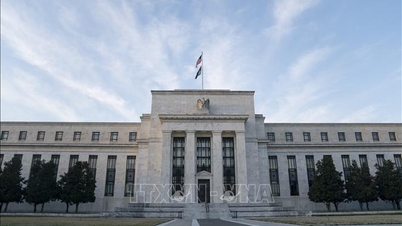

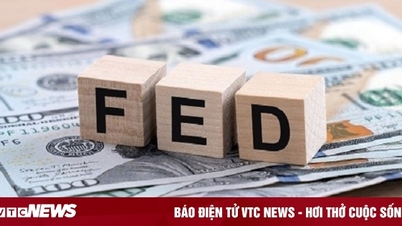

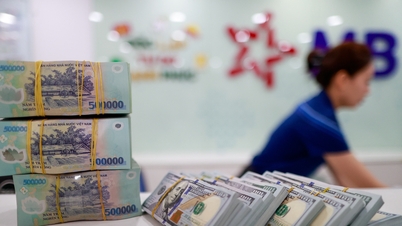

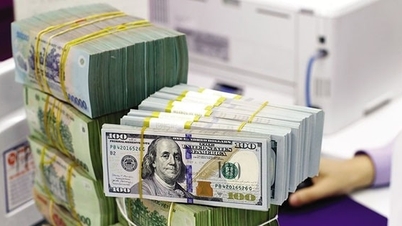




































































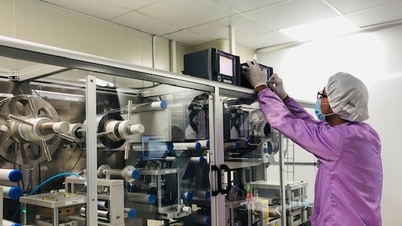



























Comment (0)